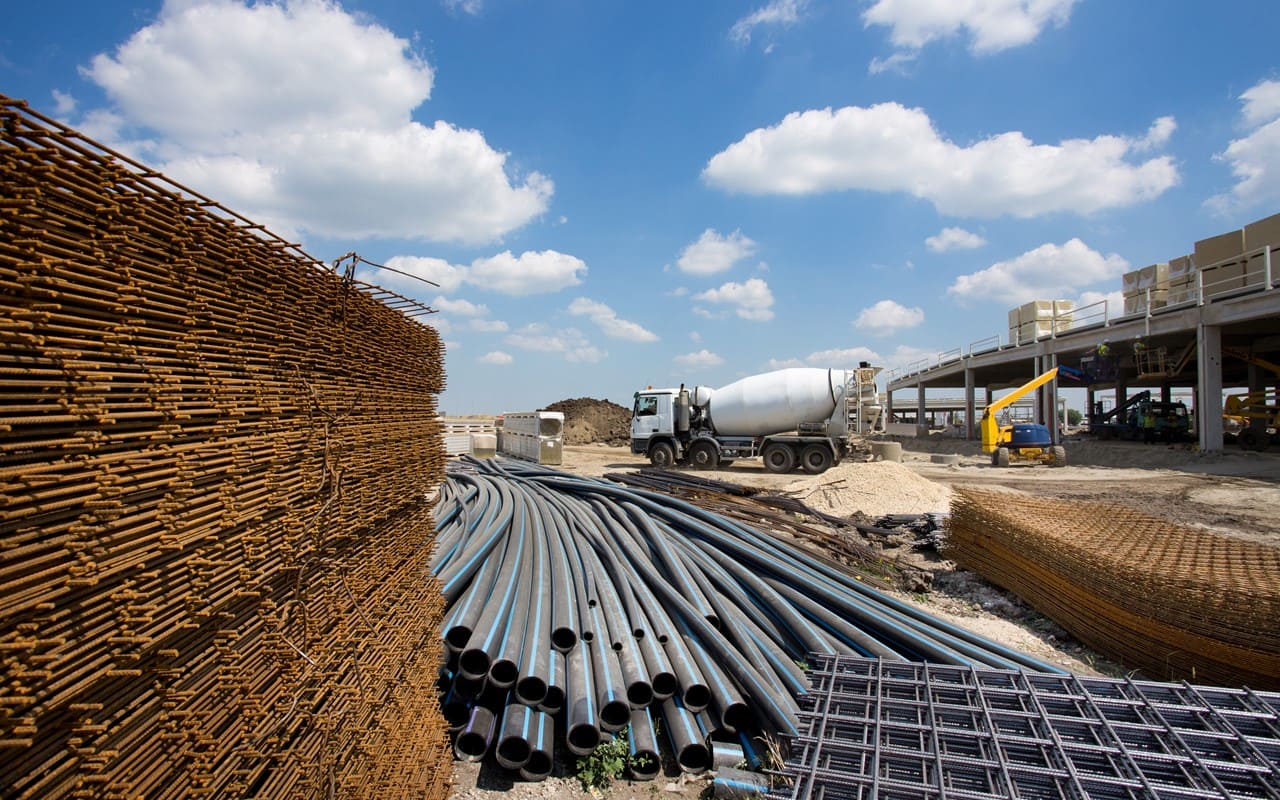The various structural systems used in a precast building are explained in this blog. First, the
overall structural system is divided into three categories: skeleton frame system, large panel
system, and cell system based on the loan paths used to resist gravitational loads. Second,
based on lateral load resistance, the system is divided into lowrise portals, frames, and wall
systems, each of which is shown independently to demonstrate how loads are transferred
between the various components. The Handbook contains the specific information and
illustrations. concert to raise funds

Precast concrete buildings come in a variety of styles that can be divided into total precast,
half precast, and mixed construction structures. A system is a group of interconnected parts
that work together to carry out a single purpose. The various precast concrete building
systems can be categorised under the following areas
- Structural system as a whole
- Lateral Loan Resistance System
- System of Floor and Roof.
Structural system as a whole
The portion of a building that resists the effects of a loan is known as the structural system.
Precast concrete buildings’ general structural systems can be roughly divided into four
kinds. Precast loan-bearing wall panels that are connected at a site by vertical and
horizontal connections make up the large panel system. Each system’s benefits, drawbacks,
and applications are further discussed. System of Skeletal Frames Columns that can be
single or multi-storeyed in height support precast concrete xsbeams, rafters, or trusses
across the bays.
Skeletal Frame system
The following are some benefits of a skeletal frame system
- Large columns with empty space are an option.
- In an open layout, the visual hindrance caused by walls is minimal.
- The choice of cladding components for the facade is flexible.
It is possible to design the frame system to withstand lateral borrowing. However, more
lateral loan resistance may be required, which can be achieved by using braces or walls. As a
result, core or shear walls are offered.
Large Panel system
Large panels with a storey-high height make up this system. As a wall system, it is referred
to. Typically, the panels are structural or load-bearing, which means they transmit the
weight of the panels above them and the supported slabs.
The following are some benefits of a wall or wall system;
- This is viable for structures that need to split space closely.
- The surface is smooth and ready to be painted or covered in wall paper.
- For more comfort, insulated panels may be used.
- The system has enough strength and stiffness to resist lateral loads when the joints are functioning properly.
Roof System
With an additional weather-proof course, a precast horizontal roof system can resemble a
floor system. Roof girders with camber or girders with variable depths can be used to create
a mild slope. Precast concrete or metal sheets can span longitudinal frames or the upper
chord members of trusses in a sloping roof system. The roof modules span transversally
across longitudinal purlins, which are supported by rafter or trusses, with increased distance
between the supporting frames.
Floor System
Precast concrete units or CIP concrete can be used to create concrete floors. A two-way
single precast concrete slab unit can bridge between the walls of a big panel system building
and have an emulative connection with the walls if the bay size is small. The slab behaves
much like a CIP concrete floor. To mobilise the vertical parts of the LLRS, such as the frames,
braces, or walls under lateral loads, a floor must function as a horizontal diaphragm.
